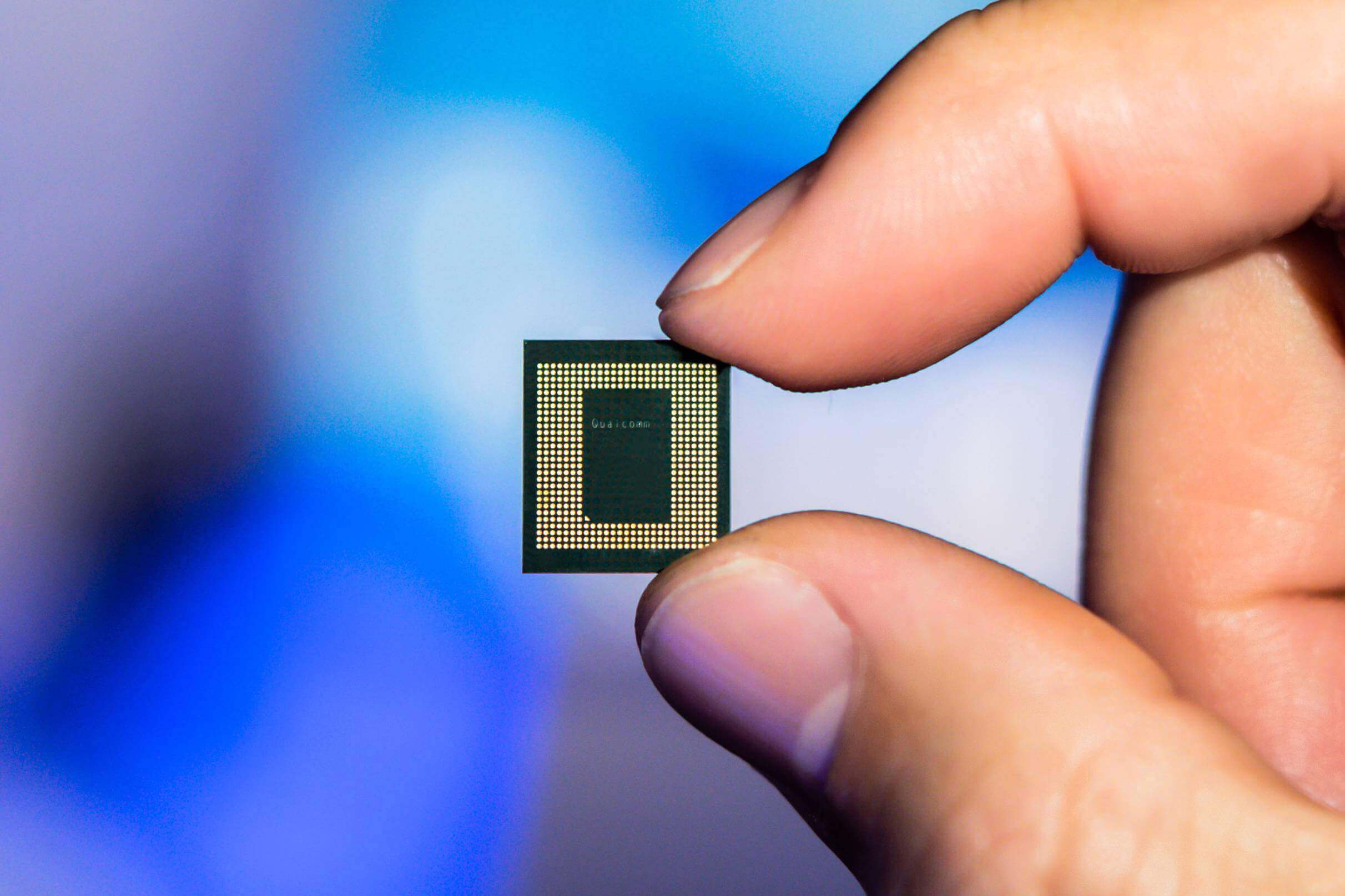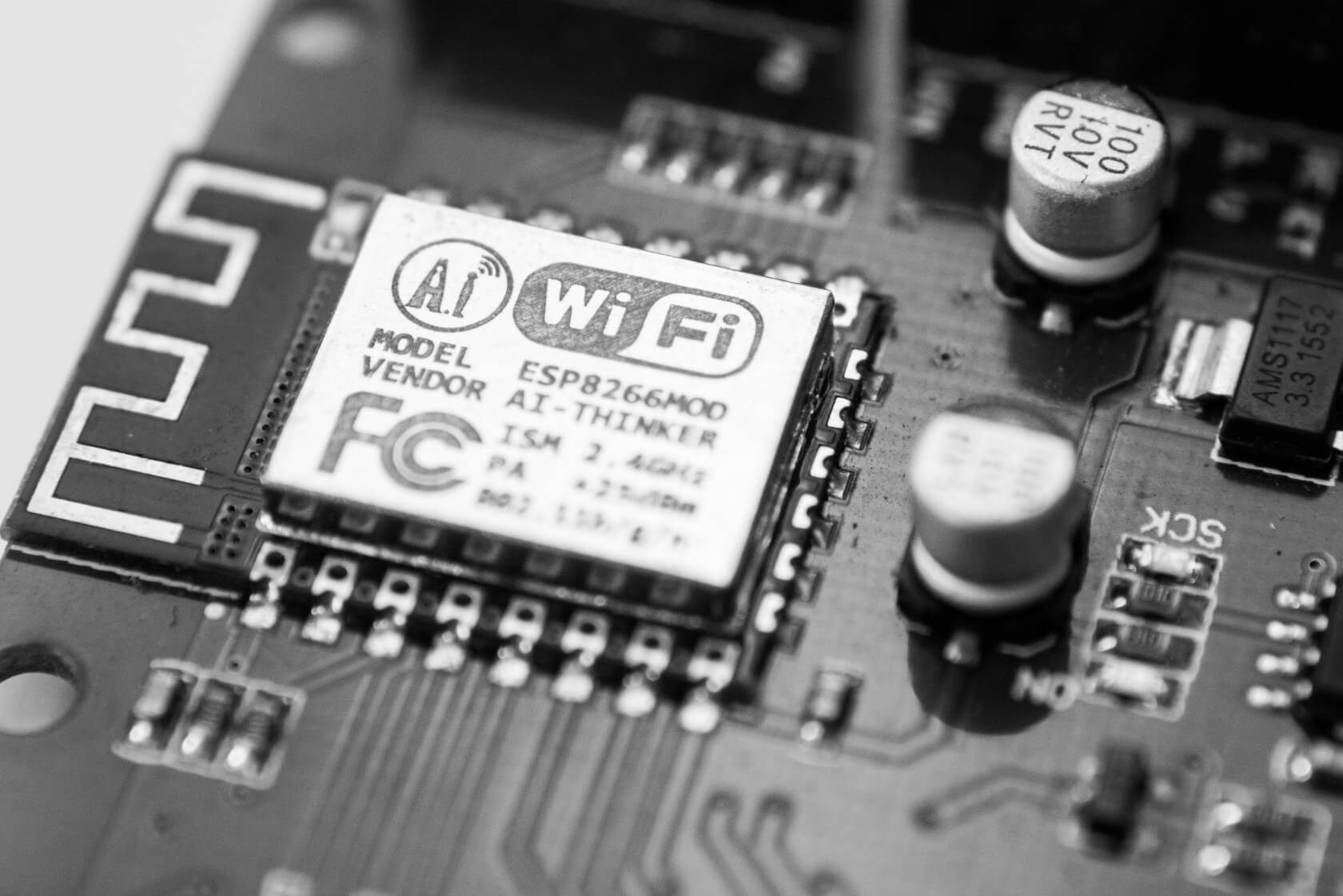The big picture: The new Wi-Fi 6E standard has opened up 1,200 MHz of spectrum real estate for Wi-Fi devices which will offer more channels and increased transfer speeds. Qualcomm hopes its latest chips will quickly permeate a wide range of smartphones and wireless routers, which will solve some of the biggest frustrations related to Wi-Fi speed, latency, and reliability.

Qualcomm has announced its FastConnect 6900 and FastConnect 6700 chips that support the latest Wi-Fi 6E standard, which is essentially the solution that we've been waiting for to deal with overcrowded airwaves and the overall reliability of Wi-Fi connectivity. The 'E' stands for "extended," as the new standard adds the 6 Ghz spectrum into the mix.
These chips are available for manufacturer sampling and will most likely go into high-end smartphones to be released in the second half of this year and in early 2021.

Qualcomm says the two FastConnect chips can reach theoretical speeds of up to 3Gbps for the FastConnect 6700 and up to 3.6Gbps for the FastConnect 6900 when using 160 MHz wide channels. The company is also touting "VR-class" latency as well as more advanced Bluetooth features such as a new class of Bluetooth Low Energy Audio.
There's a probability Android phone manufacturers will wait until Wi-Fi 6E capabilities are baked into Qualcomm's Snapdragon SoCs before jumping into the fold, while Qualcomm is hoping companies will adopt the newer FastConnect chips sooner to differentiate their products, which would lead to a faster adoption of the new standard.
Qualcomm also announced four new chips for routers under the Networking Pro brand that will support anywhere from six to sixteen concurrent Wi-Fi streams and maximum theoretical speeds ranging from 5.4 Gbps to 10.8 Gbps.
https://www.techspot.com/news/85418-qualcomm-first-wi-fi-6e-chips-aimed-phones.html